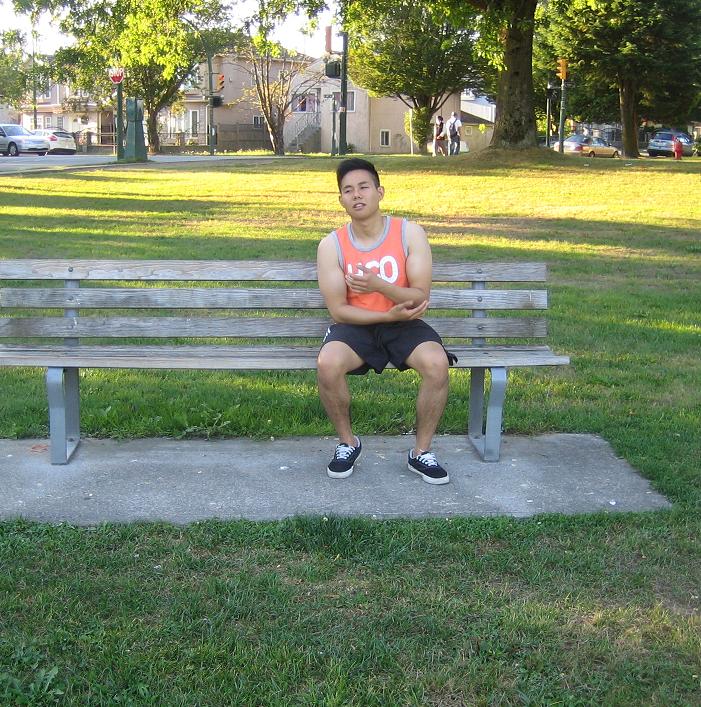An elbow fracture is a common condition where one or more elbow bones are broken because of numerous reasons such as a fall, impact to the elbow, or a twisting injury. In most cases, an elbow fracture will recuperate naturally without the need for surgery but conservative treatment with a cast. Generally, a sprain, strain or dislocation may also occur along with the fracture. The nerves, blood vessels and ligaments may also incur damage along with the elbow fracture and will require treatment as well.
Elbow fractures are common in children as they regularly engage in activities that put them at the risk of an elbow fracture. Children commonly get an elbow fracture in the playground especially at the monkey bars as at times they may lose their grip while climbing.
Elbow fractures are also common to those who play sports such as gymnastics, football or from recreational activities like bicycling or skateboarding.
Common causes
- A direct blow to the elbow
- A fall directly on the elbow
- A fall on an outstretched arm
Signs and symptoms of an elbow fracture

- Sudden intense pain in the elbow and forearm
- Swelling around the elbow
- Numbness in the hand
- Inability or difficulty in straightening the arm
If you visit your doctor, a physical examination is necessary to assess the symptoms and determine the extent of the injury. Your doctor may also perform an x-ray scan to see if there are damages or breaks on the bones in your shoulder.
Prompt treatment after the injury is necessary to make sure that the injury does not heal in the wrong position which may make the elbow look crooked permanently and has poor range of motion.
Management
The treatment of an elbow fracture varies as it depends on the type of fracture, severity of damage to the bones and the surrounding tissues and the degree of the displacement.
For stable fractures, the nonsurgical approach is the way to treat the elbow fracture. The fracture is stable if there is no displacement. For the nonsurgical approach, your doctor may apply a splint or cast to keep the bones in proper alignment while it heals naturally. In some cases, the bones require repositioning before the placement of a splint or cast. While the fracture recuperates, your doctor may request numerous x-ray tests to ensure that the bone is healing properly and at the right position.
For unstable fractures, the surgical approach is the appropriate way to treat the elbow fracture. Your doctor may need to perform closed reduction, and “percutaneous pinning” to stabilize the bone. In addition, a splint will be applied to secure the area and is replaced by a cast after a week. The pins and the cast are then removed when the healing begins which is a few weeks after surgery.
You can prevent or reduce the risk of getting an elbow fracture by wearing protection such as elbow guards and pads.
Disclaimer / More Information
The material posted on this page on an elbow fracture is for learning purposes only. Learn how it is managed by taking a first aid and CPR class with one of our training providers.
FACT CHECK
https://www.webmd.com/a-to-z-guides/broken-elbow#1
https://orthoinfo.aaos.org/en/diseases–conditions/elbow-olecranon-fractures/
http://www.assh.org/handcare/hand-arm-injuries/elbow-fractures
